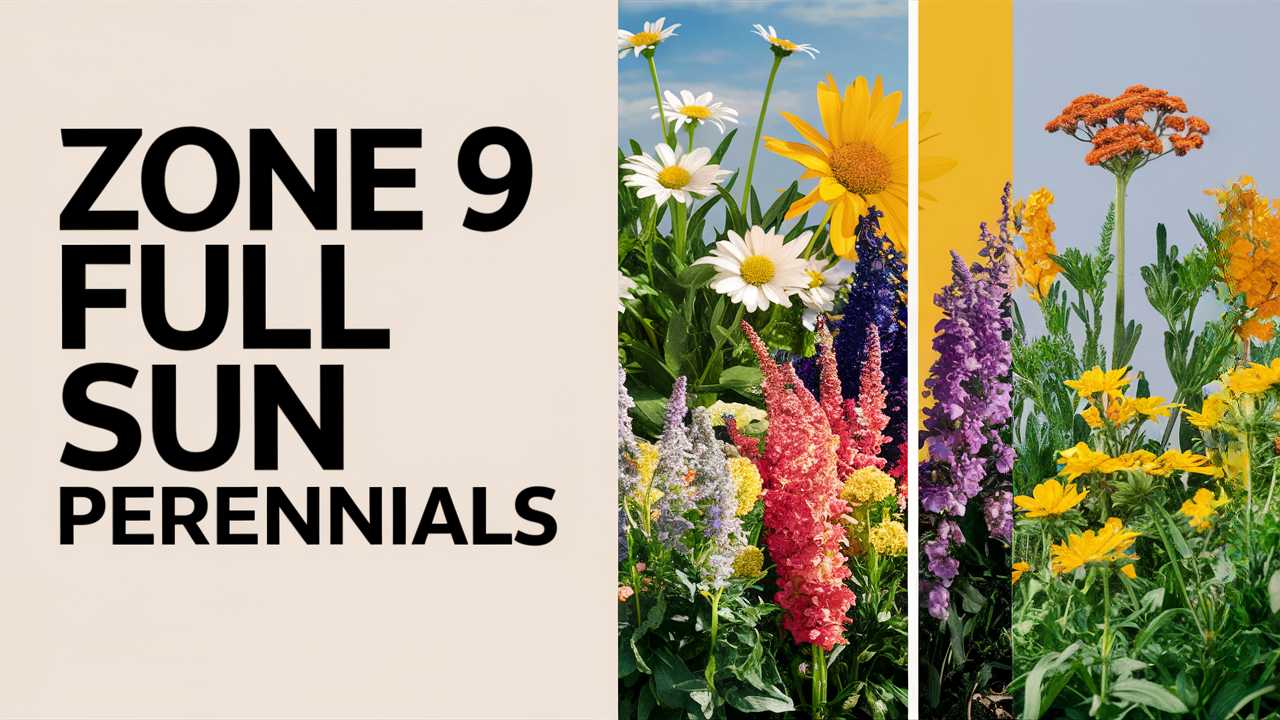For those residing in USDA Zone 9, the climate is typically characterized by warm summers and mild winters, making it possible to cultivate an array of perennials that bask in full sunlight. This guide will explore some stunning choices for Zone 9 full sun perennials, each offering unique textures, colors, and benefits to any garden.
Blanket Flower (Gaillardia)

Blanket flower, scientifically known as Gaillardia, is a fantastic perennial for sun-drenched spaces. Celebrated for its vibrant, daisy-like flowers, it produces captivating shades of yellow, red, and orange that can light up any garden bed. This flower not only thrives in full sun but also exhibits remarkable drought resistance once established, making it ideal for low-maintenance gardens.
Moreover, blanket flowers can attract a variety of pollinators, including bees and butterflies, enhancing the biodiversity of your garden. They tend to bloom from early summer to fall, providing a long-lasting color show. For optimal growth, plant these prairie natives in well-drained soil and be prepared to deadhead them regularly to encourage further blooming and prevent self-seeding.
Bulbine (Bulbine frutescens)
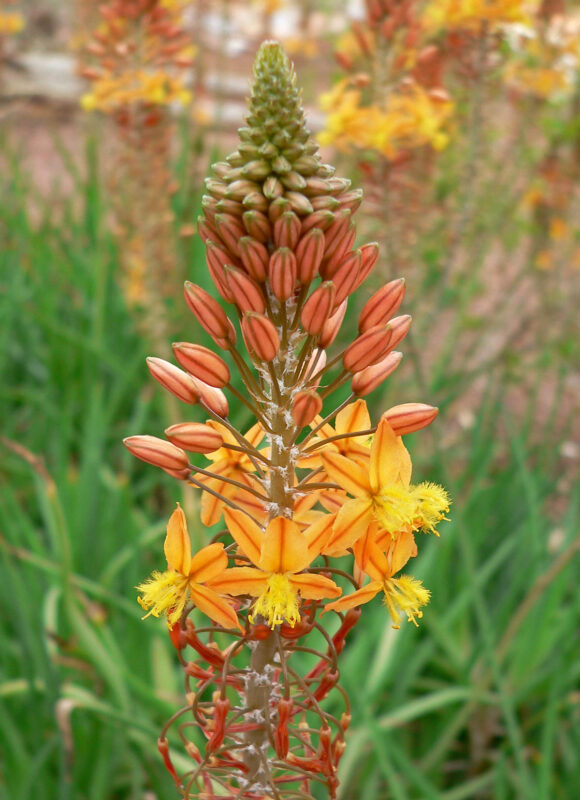
If you’re looking for a resilient flowering succulent, look no further than Bulbine frutescens. This perennial hailing from South Africa is a standout performer in full sun, offering long-lasting yellow or orange tubular flowers atop slender green leaves. Bulbine is also known for its heat tolerance and ability to thrive in poor soil, rendering it a perfect choice for rocky gardens or xeriscapes.
Aside from its ornamental appeal, bulbine has medicinal properties; its sap can help soothe minor skin irritations. Plant this perennial in well-drained soil and ensure it has adequate space for its spreading habit. For a lively summer display, cluster multiple bulbine plants together, where their bright blooms can create an electrifying mosaic of colors.
Butterfly Weed (Asclepias tuberosa)

Butterfly weed, or Asclepias tuberosa, is beloved for its striking orange blossoms and its crucial role as a larval host for monarch butterflies. As a true sun lover, it exhibits phenomenal resilience to heat and drought, making it a perfect fit for Zone 9 gardens. Beyond its butterfly-attracting qualities, this perennial rewards gardeners with a long blooming season, typically from late spring to early fall.
Ecologically, butterfly weed plays a vital role in supporting pollinators. Its nectar-rich flowers are a magnet for not only butterflies but also bees and hummingbirds. It thrives best in well-drained soils with full sunshine, and it will coexist harmoniously with other sun-loving perennials. To keep the plant vigorous, consider dividing it every few years to promote healthy growth and flowering.
Daylily (Hemerocallis)
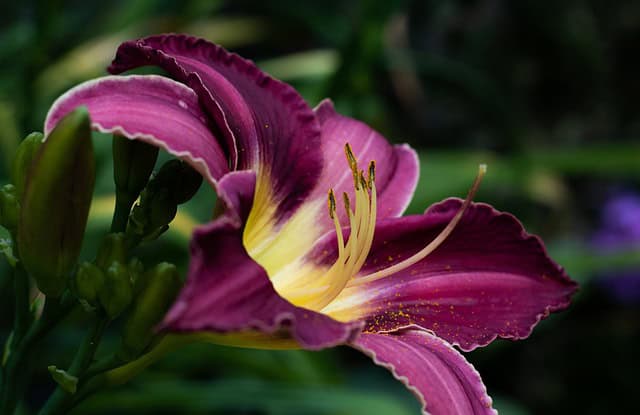
A quintessential perennial, daylilies (Hemerocallis) are cherished for their resilience and versatility in the garden. With a plethora of varieties available, they bloom in every imaginable color, offering flexibility for any garden design. Their vibrant blossoms create a stunning spectacle from early summer through late fall, adapting seamlessly to various soil types and conditions.
Daylilies thrive in full sun but can also tolerate partial shade, making them a robust choice for diverse landscapes. They’re relatively low-maintenance—requiring minimal watering once established—and they can even tolerate drought conditions. When planting daylilies, consider incorporating them in drifts to achieve a bold visual impact. Their grass-like foliage adds interest to the garden, even when they’re not in bloom.
Globe Thistle (Echinops ritro)
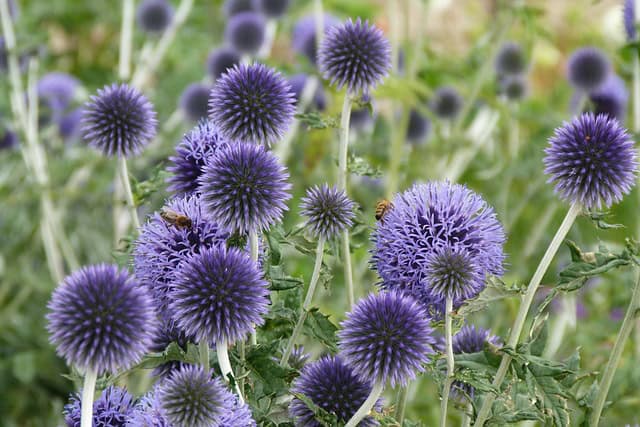
For a unique textural element in your Zone 9 garden, consider globe thistle (Echinops ritro). This perennial plant is notable for its striking spherical flower heads, which are primarily blue or purple, standing tall on erect stems. It thrives in full sun and prefers dry, well-drained soils, making it well-suited for hot, sunny spots.
What sets globe thistle apart is its ability to attract a plethora of pollinators, particularly bees, which are drawn to its dense flower heads. The unusual shape of the blooms adds an intriguing architectural quality to borders or cottage gardens. Deadhead the spent flowers to encourage reblooming, and be fearless in mixing it with other full-sun perennials to create an enchanting tapestry of color and texture.
Lemmon’s Marigold (Tagetes lemmonii)
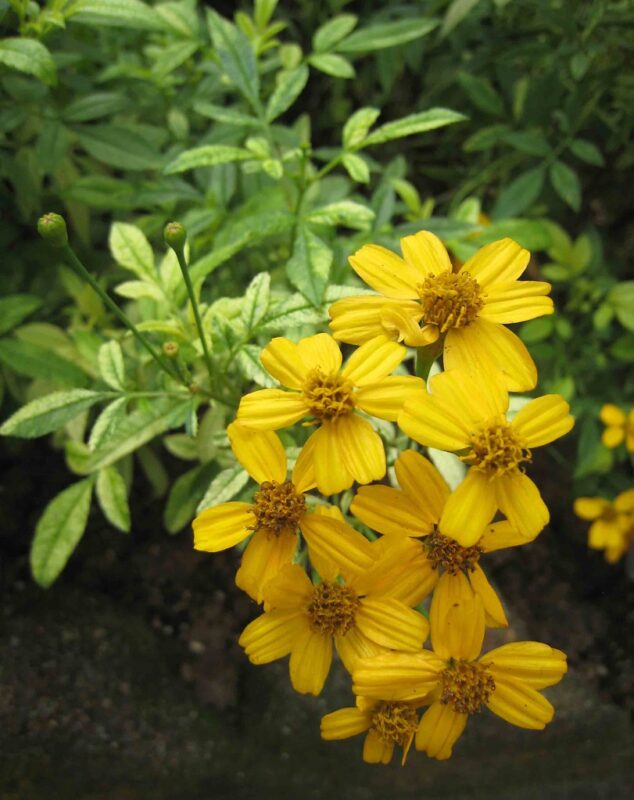
Lemmon’s marigold is a bright, cheery addition to sunny gardens. Known for its aromatic foliage and golden-yellow flowers, this perennial thrives in hot, dry conditions, performing exceptionally well in full sun. Its rugged nature means it can withstand poor soil quality, making it a reliable choice for easy-care gardens.
This plant is not only visually appealing but also serves as a natural pest deterrent—its aromatic leaves help ward off certain garden pests while attracting beneficial insects. Lemmon’s marigold blooms from late winter into early summer, providing a splash of color when many other plants are still waking up. Plant it in masses to create eye-catching color patches or along pathways for delightful aromas on warm days.
Mealycup Sage (Salvia farinacea)
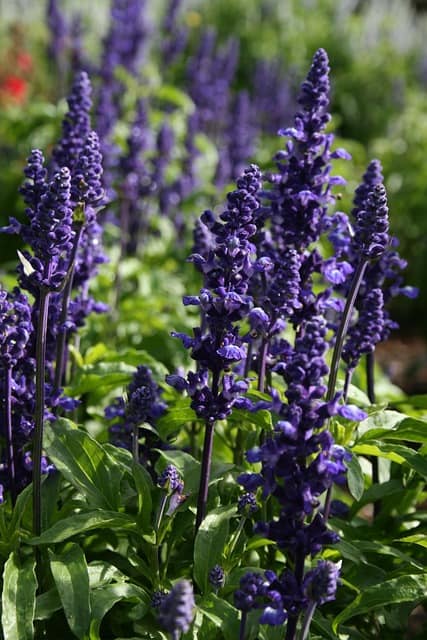
Mealycup sage, or Salvia farinacea, is another worthy staple for sunny gardens in Zone 9. Known for its striking spikes of blue or purple flowers, it blooms profusely from late spring through fall, luring in hummingbirds and butterflies. This perennial prefers full sun and can thrive in both hot, dry conditions and more moderated environments, exhibiting impressive drought tolerance once established.
Mealycup sage also boasts silver-green foliage that adds a delightful contrast to its vibrant florals. This plant’s compact growth habit makes it a versatile option in borders, containers, or mass plantings. To encourage continual blooming, it benefits from occasional deadheading, and it pairs beautifully with other sun-loving perennials, creating a lively garden tapestry.
Nasturtium (Tropaeolum majus)
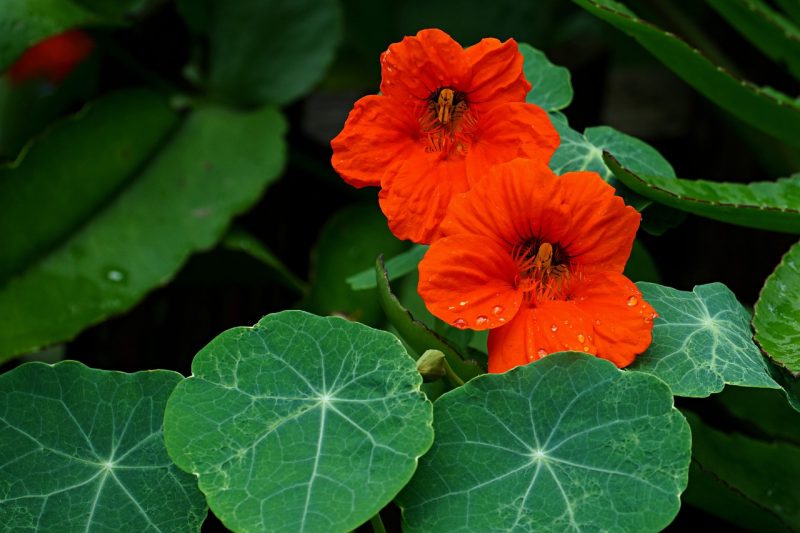
Nasturtiums are delightful sun-loving annuals that can function almost as perennials in warm climates like Zone 9. These vibrant blooms come in shades of orange, red, and yellow, igniting gardens with their cheerful presence. Known for their trailing habit, they are perfect for hanging baskets, containers, or as ground cover.
What makes nasturtiums even more appealing is their edibility; both the leaves and the flowers can be added to salads, providing a peppery flavor. Moreover, these plants act as companion plants, deterring pests and attracting beneficial insects. They thrive in poor soils, and although they appreciate full sun, they can tolerate partial shade. To create a dynamic vertical garden feature, plant them alongside trellises or fences.
Pavonia (Pavonia lasiopetala)
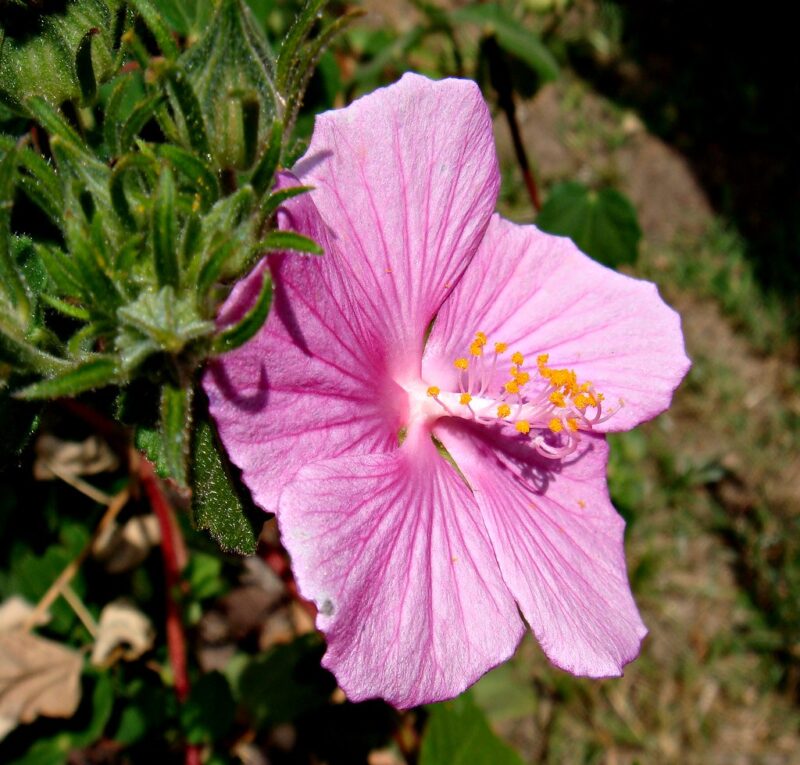
Pavonia, or pink rock rose, brings stunning, large pink blooms to sunny gardens. This perennial thrives in well-drained soils under full sun and exhibits a remarkable ability to endure heat and drought. Pavonia flowers attract butterflies and hummingbirds, enhancing your garden’s liveliness.
Aside from its ornamental value, pavonia’s broad, lush foliage serves as a backdrop for its eye-catching flowers. This plant is excellent for borders or as a specimen plant in cottage gardens. Additionally, it can be pruned to maintain a bushy form, encouraging more blooms throughout the season. The delicate and flowing quality of pavonia’s blossoms creates a lovely contrast with sturdier perennials.
Purple Love Grass (Eragrostis spectabilis)
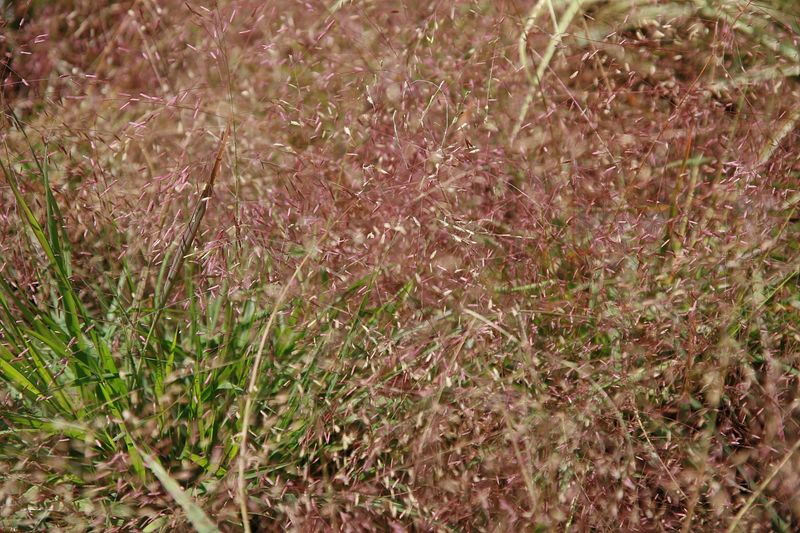
Purple love grass is an enchanting grass perennial perfect for those wanting to add a soft texture to their garden. This warm-season grass flourishes in full sun, developing a lovely purple tinge when backlit by the sun. Often used for meadow gardens, it creates a relaxed, naturalistic feel.
As a low-maintenance plant, purple love grass thrives in dry, poor soils and is drought-tolerant once established. It attracts pollinators and provides habitat for beneficial insects, making it an excellent choice for eco-conscious gardeners. Consider planting it in groups or drifts to create a seamless ribbon of color swaying gently in the breeze, enhancing your garden’s organic essence.
Shasta Daisy (Leucanthemum x superbum)
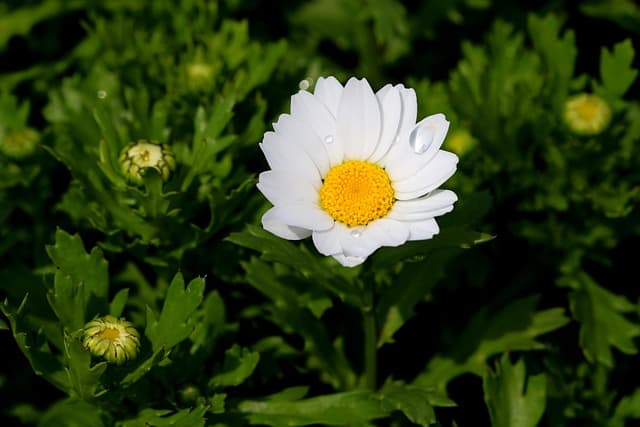
Shasta daisies are iconic full-sun perennials, celebrated for their classic white petals and cheerful yellow centers. This perennial thrives in sunny spots, producing abundant blooms that last from early summer to early fall. They are durable and easy to grow, making them a staple in many gardens.
Aside from their timeless beauty, Shasta daisies are excellent for attracting bees and butterflies. They work well in cottage gardens, borders, or even as cut flowers in bouquets. To ensure robust growth, divide your Shasta daisies every few years and deadhead spent flowers to encourage more blooms. Their cheerful disposition can uplift any garden space, making them a beloved choice among gardeners.
Siberian Iris (Iris sibirica)

Siberian iris brings elegance and sophistication to gardens with its sleek foliage and stunning, intricate flowers. These resilient perennials thrive in full sun and well-drained soil, with the bonus of being adaptable to a range of conditions, including wet soils. Their flowers bloom in shades of blue, purple, and white during late spring and early summer.
Siberian irises are perfect for creating focal points in perennial gardens or alongside water features, as they thrive near water and perform beautifully in borders. They require little maintenance once established and can be divided every three to four years to maintain vigor. Their unique blooms add architectural interest and grace to any garden.
Tiger Flowers (Tigridia pavonia)

Tiger flowers, or Tigridia pavonia, showcase the perfect blend of tropical flair and hardiness, belonging to the iris family. These perennials feature vividly patterned flowers that come in shades of red, yellow, and orange. Tiger flowers thrive in full sun and well-drained soil, providing a stunning visual feast during the summer months.
These unique flowers bloom for a single day, creating a charming cycle of blossoming; however, the plants produce multiple buds, ensuring a continuous display throughout the season. Plant them where they can catch the eye as they bloom, preferably towards the front of garden beds for maximum impact. Their exotic appearance undoubtedly brings a lively vibe to sunny gardens.
Trumpet Vine (Campsis radicans)
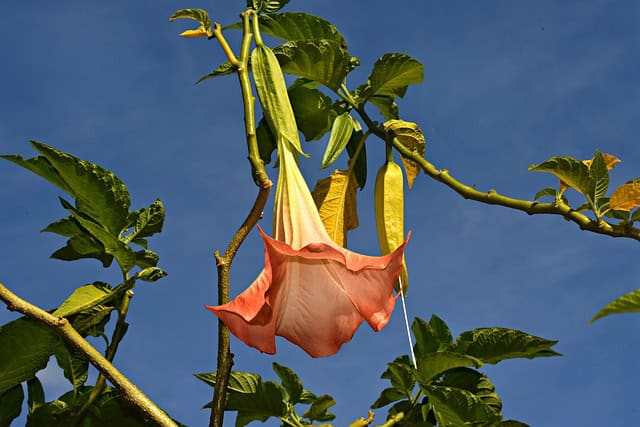
If you’re seeking a dramatic vine that offers stunning blooms and attracts hummingbirds, trumpet vine is a standout choice for your Zone 9 garden. Known for its trumpet-shaped flowers that come in vibrant shades of orange and red, this perennial vine loves full sun and can thrive in a variety of soil types.
Trumpet vine is vigorous, making it ideal for covering trellises, fences, or arbors. However, be mindful of its spreading habit, as it can take over if left unchecked. To enjoy its beautiful blossoms without overrun, regular pruning is essential. This plant not only enhances vertical spaces but also contributes to a lively atmosphere in the garden as it draws in hummingbirds and other pollinators.
White Spider Lily (Hymenocallis)

For a unique and elegant addition, consider the white spider lily (Hymenocallis). This striking perennial showcases mesmerizing, fragrant white blossoms shaped like elegant spiders perched on tall stems. Thriving in full sun, it prefers well-drained, sandy or loamy soil and is often associated with coastal gardens.
White spider lilies flower in late spring to early summer, offering a captivating visual and aromatic experience. Its foliage is lush and winter-hardy, continuing to provide interest long after the flowers have faded. These plants can be used in mixed borders or as standalone specimens, transforming your garden into an enchanting paradise.


